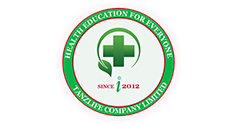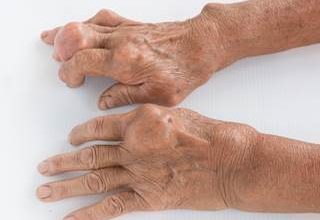Nowadays, published reports illustrate high rates of medical error (Adverse Events) and the increasing costs of healthcare. As a result, the desire for barcoding technology in healthcare has grown as a realistic and applicable solution to reduce medical errors and promote patient safety
Barcode technology in healthcare is the use of optical machine-readable representation of data in a hospital or healthcare setting.
Barcoding in healthcare have a variety of applications, including the following:
Drug Identification and Medication Management
Barcodes must be linear in nature and must be readable by barcode scanners. Medication barcodes must have specified information for drug identification. Barcode information on these items must include the National Drug Code (NDC) number of the drug, a 10-character identification number for the medication. The NDC contains the name of the medication, dosage and drug company that produces the medication. Additional information that may be included in medication barcodes may include the expiration date and lot number of the medication. This is to ensure that counterfeit or expired drugs are not being administered to patients.
Medication management is a difficult task, where it focuses on the “five rights”: right patient, right medication, right dose, right time, and right route of administration. Barcode medication verification at bedside allows for nurses to automatically document the administration of drugs by means of barcode scanning. A study conducted in 2010, found that barcode usage prevented about 90 000 serious medical errors each year and reduced mortality rate by 20%. One case study noted that the use of barcodes reduced medication administration error by 82% across five units studied from pre-implementation to post-implementation. Other benefits that were realized included improved nursing staff satisfaction, improved patient satisfaction, and improved community relations.
Specimen Collection and Blood Infusion Safety
Healthcare professionals use specimen testing (blood, urine, or other) to help diagnose disease, assess health, and monitor medication level. Accurate results can be yielded from error-free collection procedures. Specimens that are collected incorrectly may lead to erroneous test results, which may lead to serious consequences for patients. This may include delayed or inappropriate treatments and incorrect medication adjustments. More than 160 000 adverse medical events per year have been suspected in the United States because of misidentification of patient or laboratory specimen. Barcodes have been noted to be the strong intervention to reduce labeling errors on specimen collection, by ensuring that the correct patient is receiving the correct analysis. Barcode technologies for specimen collection have been noted to increase patient comfort, decrease possible delays in diagnosis or treatment, and decrease rework for nurse and laboratory staff.
Barcoding blood and other products may allow for reduction of medical error and increase patient safety. This is used to minimize the risk of patients receiving the wrong treatment in healthcare facilities. For example, for a sample of blood, a minimum of four information pieces are required for the label, which includes the following:
- Unique identifier for the facility from where the blood is coming from;
- Lot number identifying blood donor;
- Product code; and
- Blood type (ABO and Rh).
Surgical Instrument Identification and Sterilization
Barcodes may be used to identify the instruments and supplies in kits for surgical procedures. Barcodes on instruments and surgical kits may be used to ensure compliance with surgeons’ preferences for what their kits contains. Using barcodes to track what is and what is not used on a regular basis may allow for hospitals to optimize kit contents for each surgeon. This provides opportunities to reduce costs since surgeons’ preferences may change over time. With the lack of updates to kit and cart contents, it may result in the purchase of supplies that are never used. Barcodes on surgical instruments can also be used to uniquely identify each instrument that is sterilized individually.
Patient Identification
Barcode technology can help prevent medical errors by making accurate and reliable information readily available at the point-of-care. Information, such as the drug identification, medication management, infusion safety, specimen collection, etc. and any other patient care activity can be easily tracked during the patient stay. Wristbands with barcodes that contain the information of the patient’s medical record or visit number, and any other identifiers have been proven effective to provide proper patient care.
Barcoding technology in healthcare plays an important role in the development of health sector
Source: Wikipedia




1 Comment